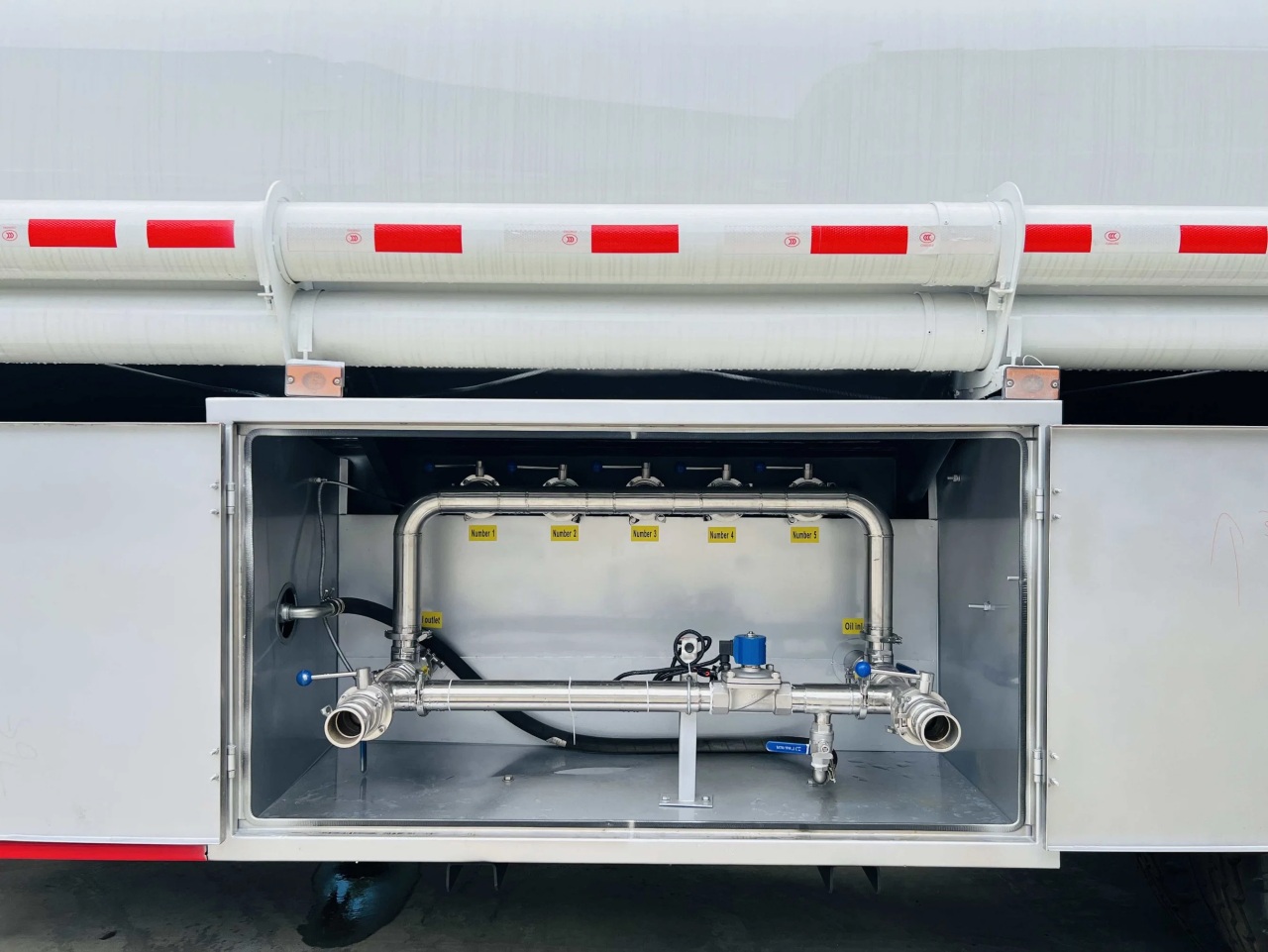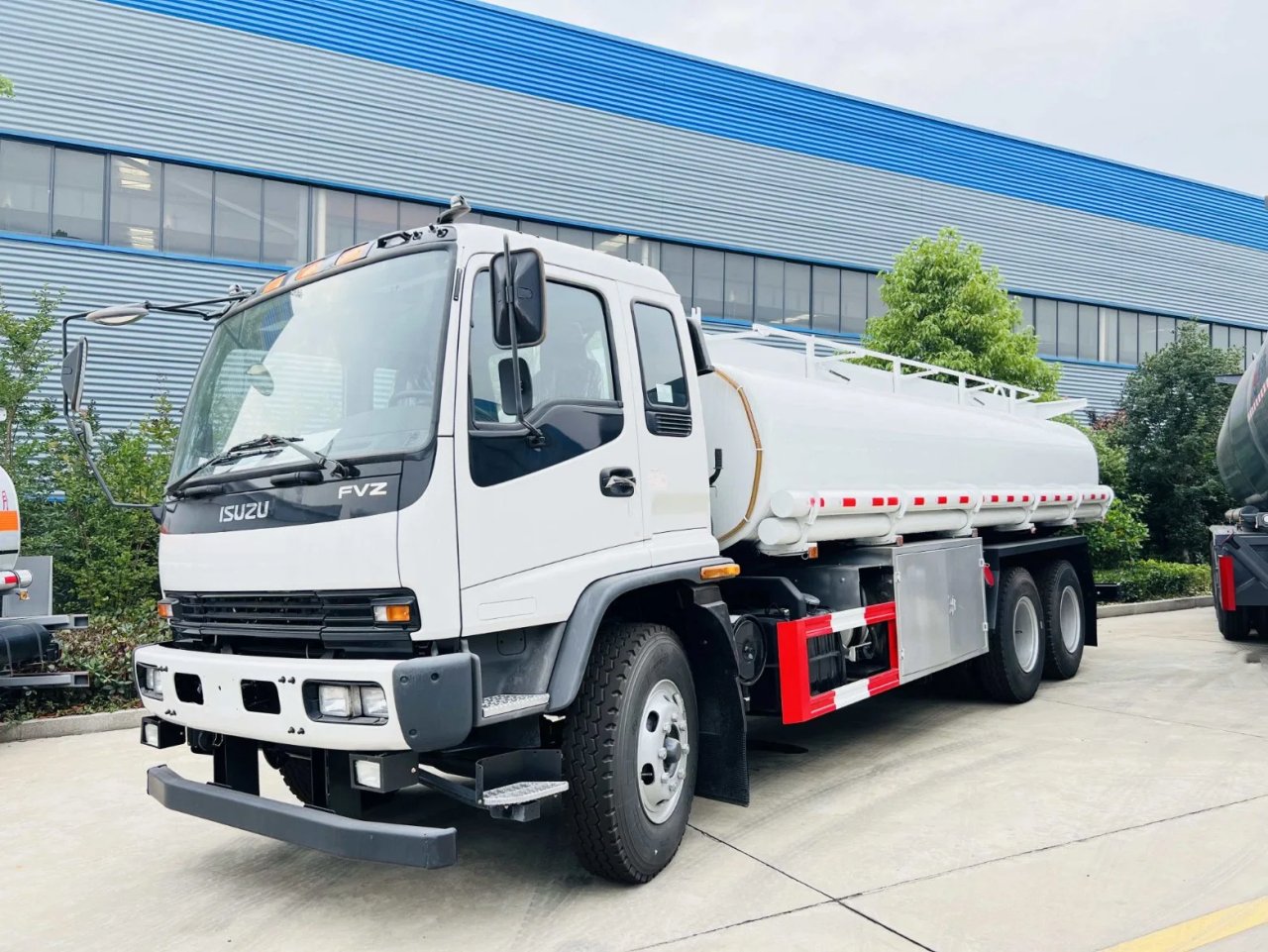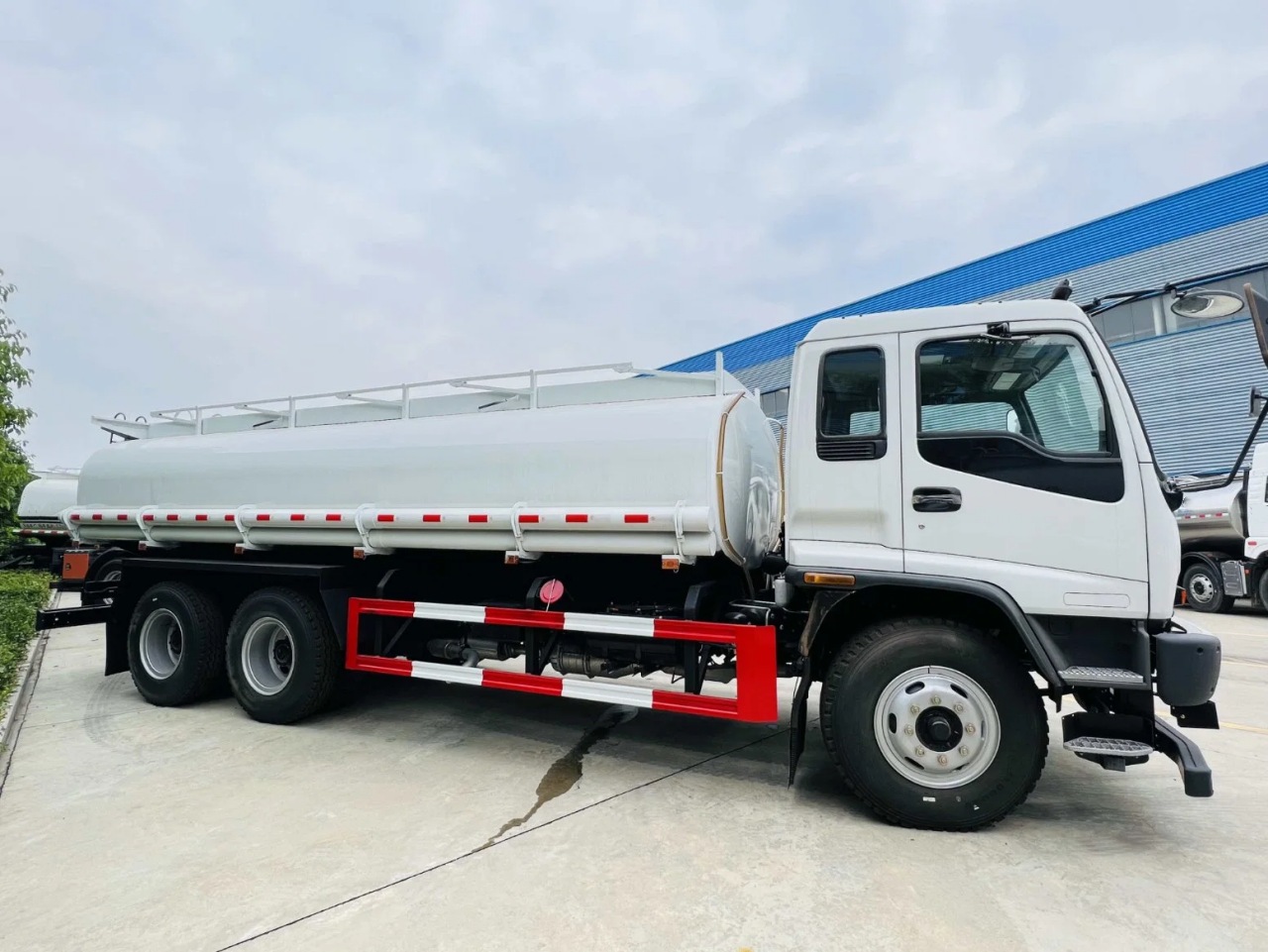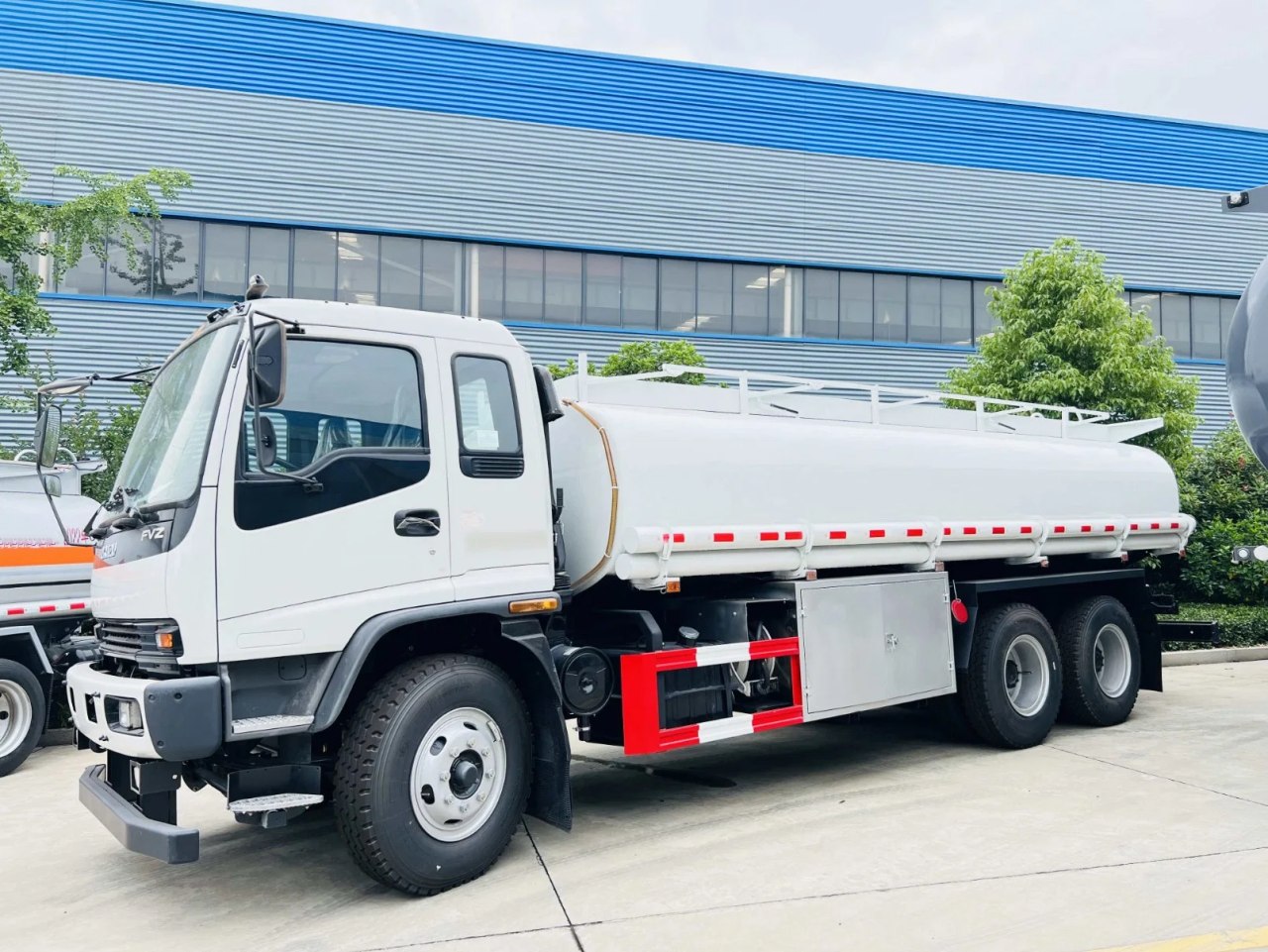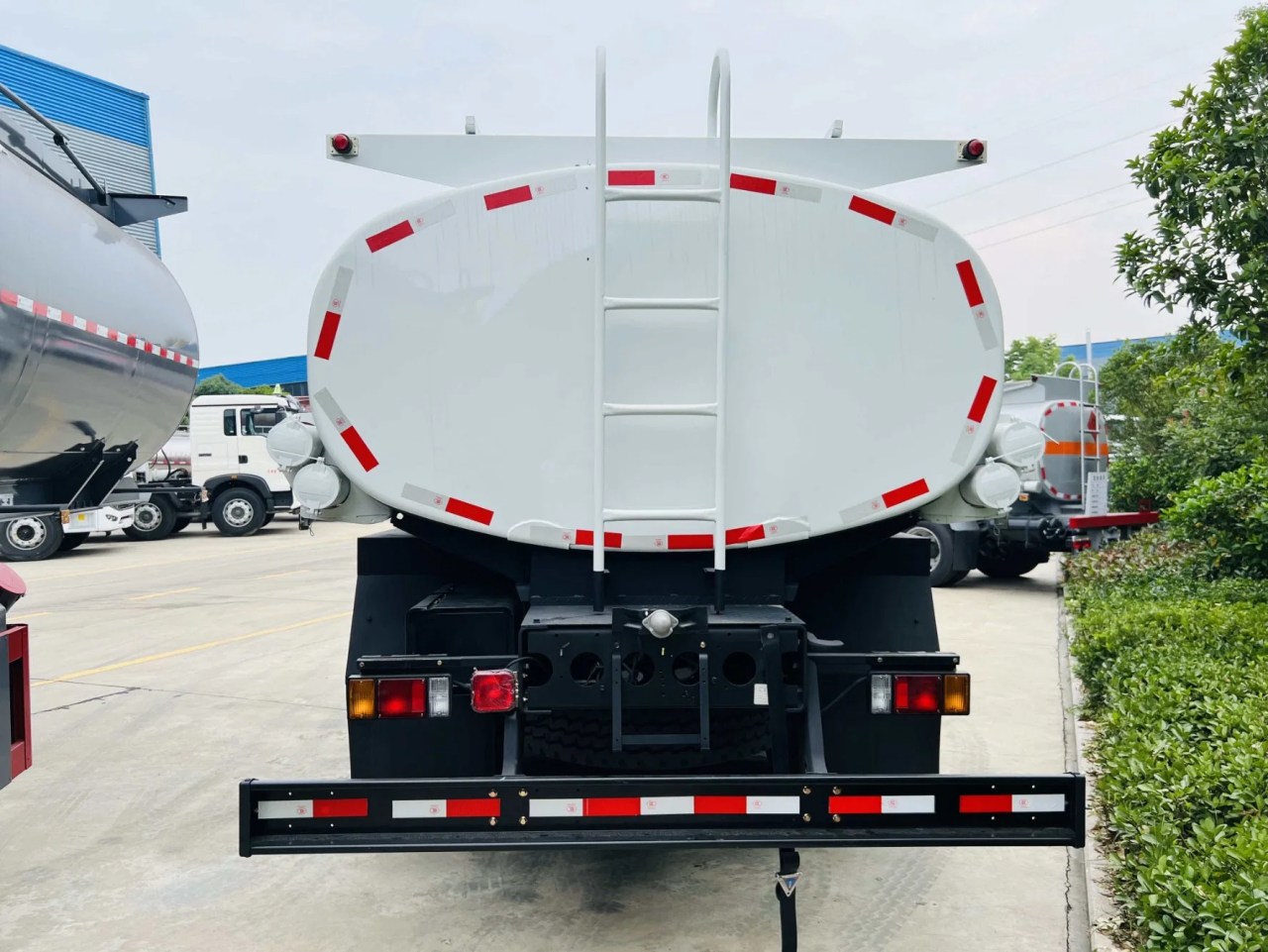Milk is one of the most widely consumed beverages in the world, playing a vital role in nutrition and food production. However, most consumers rarely consider the intricate journey milk takes from the farm to their tables. The transportation of milk is a highly regulated and carefully controlled process to ensure quality, safety, and freshness. This article explores the stages of milk transportation, the specialized equipment involved, and the measures taken to preserve milk’s integrity throughout its journey.
1. Collection at the Dairy Farm
The transportation process begins at the dairy farm, where milk is collected from cows and immediately cooled to prevent bacterial growth. Modern dairy farms use mechanical milking systems that pump milk directly into bulk storage tanks. These tanks are usually stainless steel and equipped with agitators to keep the milk uniformly mixed and at a constant temperature, usually around 4°C (39°F).
Milk is typically collected from farms once or twice daily, depending on the size of the operation and proximity to processing plants. Timeliness is critical: the faster the milk reaches processing facilities, the better its quality and safety.
2. Use of Milk Tanker Trucks
Once milk is ready for pickup, it is transferred into specialized vehicles known as milk tanker trucks. These trucks are designed to maintain the cold chain and ensure that the milk is not contaminated during transport.
Construction and Features of Milk Tanker Trucks:
- Stainless Steel Tanks: The tanks are constructed from food-grade stainless steel, which resists corrosion and is easy to clean.
- Insulated Walls: The tanks are triple-walled and insulated with materials like polyurethane foam to help maintain the desired cold temperature without the need for refrigeration during transit.
- Compartments: Many tanker trucks are divided into compartments, allowing them to collect milk from multiple farms without mixing different batches.
- CIP (Clean-in-Place) Systems: After unloading, the tank is thoroughly cleaned using CIP systems that circulate hot water and detergents through the tank, ensuring sanitation before the next load.
Before milk is pumped into the truck, a trained driver or technician takes a sample for quality testing. This ensures the milk meets regulatory standards for temperature, bacterial count, and presence of antibiotics.
3. Transportation Logistics
Milk transport logistics depend on geography, the number of farms involved, and the location of processing plants. In rural or remote areas, trucks may cover hundreds of kilometers. The milk must remain within safe temperature limits for the entire journey to prevent spoilage.
To optimize routes and reduce transport times, dairy cooperatives or logistics companies often schedule pickups in a loop, starting from the farthest farms and ending at the dairy plant. Real-time GPS tracking is increasingly used to monitor truck locations, manage schedules, and ensure that delays do not compromise milk quality.
4. Milk Delivery to Processing Plants
Once the milk tanker reaches a processing facility or dairy plant, it undergoes a series of quality control tests before being accepted. These tests check for:
- Temperature: Should be below 7°C (45°F), though most aim for around 4°C.
- Antibiotics or Contaminants: Any trace of antibiotics renders the milk unusable.
- Bacterial Count and Somatic Cell Count: High levels can indicate poor farm hygiene or cow health problems.
- Organoleptic Tests: Smell, taste, and appearance are checked to detect spoilage.
If the milk passes all tests, it is pumped into large storage silos for further processing, such as pasteurization, homogenization, and packaging.
5. Milk Transport in Urban Areas and Retail Distribution
After processing, milk is packaged into bottles, cartons, or bulk containers for delivery to stores, schools, restaurants, and other consumers. This is where smaller refrigerated trucks—often called milk delivery trucks or reefer trucks—come into play.
Key Features of Delivery Trucks:
- Refrigeration Units: These trucks are fitted with active cooling systems to maintain a constant temperature between 0°C and 4°C.
- Box or Van Type Bodies: The insulated cargo area minimizes exposure to outside temperatures.
- Rapid Delivery Routes: Trucks follow tight delivery schedules to ensure that milk reaches consumers quickly, often within 24 to 48 hours of processing.
6. Milk Transport in Bulk for Industry Use
Not all milk is destined for direct retail consumption. A significant portion is transported in bulk containers to other food manufacturers who use it to produce cheese, yogurt, ice cream, and other dairy products.
In such cases, milk is either kept in large stainless-steel tankers or intermediate bulk containers (IBCs) and shipped directly to food processing plants. These transports also adhere to strict hygiene and temperature standards.
7. Safety and Regulations
Milk transportation is governed by stringent food safety regulations. In the U.S., for instance, the Pasteurized Milk Ordinance (PMO) sets national standards for milk hygiene, temperature, and handling. In Europe, similar standards are enforced under the EU Hygiene Package regulations.
Truck drivers and milk handlers must be trained in hygiene practices, and all equipment must meet sanitary design standards. Moreover, milk is traceable from farm to bottle—each batch can be tracked using digital records and batch numbers in the event of a quality concern or recall.
8. Technological Innovations in Milk Transport
In recent years, technology has significantly improved milk transport. Some key innovations include:
- Real-Time Temperature Monitoring: Sensors in tanker trucks transmit temperature data throughout the journey.
- Automated Sampling and Testing Systems: These reduce human error and improve the speed of quality control.
- Digital Logistics Management: Dairy companies now use software to optimize routes, monitor fuel usage, and reduce emissions.
Additionally, sustainable practices are gaining traction, such as using electric delivery vans in urban areas and implementing systems that recover energy during vehicle operation.
Conclusion
The transportation of milk is a highly organized and precise operation that involves cooperation between farmers, transport companies, and processing facilities. From the moment milk leaves the cow until it reaches the consumer, it must be handled with utmost care to preserve its freshness and safety. Thanks to specialized equipment, modern logistics, and strict hygiene standards, milk makes its journey from farm to fridge efficiently, often within just 48 hours. This complex supply chain ensures that a simple glass of milk remains a safe and wholesome staple for people around the world.
